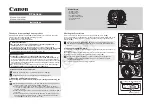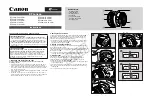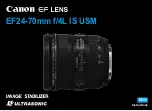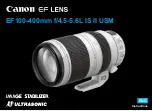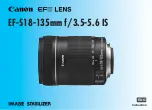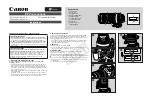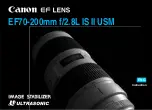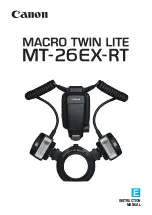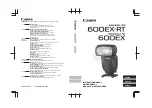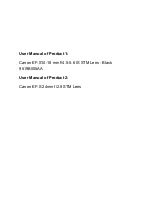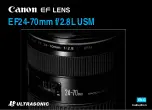
52
•
Camera Performance and Features
Linea HS Series Camera User's Manual
Table 23: Super Resolution Model Maximum Line Rates
Camera Model
Maximum Line Rate (kHz)
32k Super
Resolution
16k TDI
Area
Extended Area
HL-HM-32K40S-00-R
2 lines @ 200 kHz
400 kHz
2 kHz
650 Hz
*Linea HS maximum line rate values shown here are theoretical. The maximum achievable line rate depends
on the frame grabber and imaging system (including CPU) used. Depending on your setup, lower line rates
may be experienced.
These line rates were achieved using an Xtium2-CLHS PX8 (OR-A8S0-PX870) frame grabber in a system setup
in our lab. The maximum achievable line rate depends on the frame grabber and imaging system (including
CPU) used. Depending on your setup, lower line rates may be experienced.
With a system bandwidth of 6740 MB/s the following line rates were achieved:
•
12-bit: 200 kHz
•
12-bit HDR mode: 100 kHz x 2
For advice on your setup and achieving higher line rates, contact
Teledyne DALSA customer support
Minimum Line Rate
The minimum line rate for all camera models is 10 Hz.
Scan Direction
See the section Camera Control Category in Appendix A for GenICam features associated with this
section and how to use them
Related Feature:
A TDI camera model requires the user to indicate to the camera the direction of travel of the object
being imaged.
The source of the scan direction is set using the
sensorScanDirectionSource
feature. The options
are:
Interna
l,
Line 2
(pin 6 on the GPIO connector), or the
rotary encoder
feature (using pin 5 and
pin 6 of the GPIO connector, only available when
TriggerSource
is “
RotaryEncoder
” and
rotaryEncoderOutputMode
is set to “
Motion
”
).
When set to
internal
, use the
sensorScanDirection
feature to set the direction.
It is important to perform and save a flat field calibration in the actual system with both directions
used.
Direction Change Time
The direction change time between forward and reverse is < 1 ms.
Setting the correct scan direction
Whether the scan direction is set correctly can easily be seen in live imaging. An image will appear
“normal”, sharp and focused. If the optical setup is not properly focused, blur will occur in both,
horizontal (cross-scan) and vertical (in-scan), directions.































